Digital Workflow
Digital Workflow in Conceptual Structural Design
Parametric Design of Connections for Timber
Gridshell Structures
Helle Stam Faugstad
Øyvind Sunnvoll Rognes
Master Thesis, Norwegian University of Science and Technology, Department of Structural Engineering
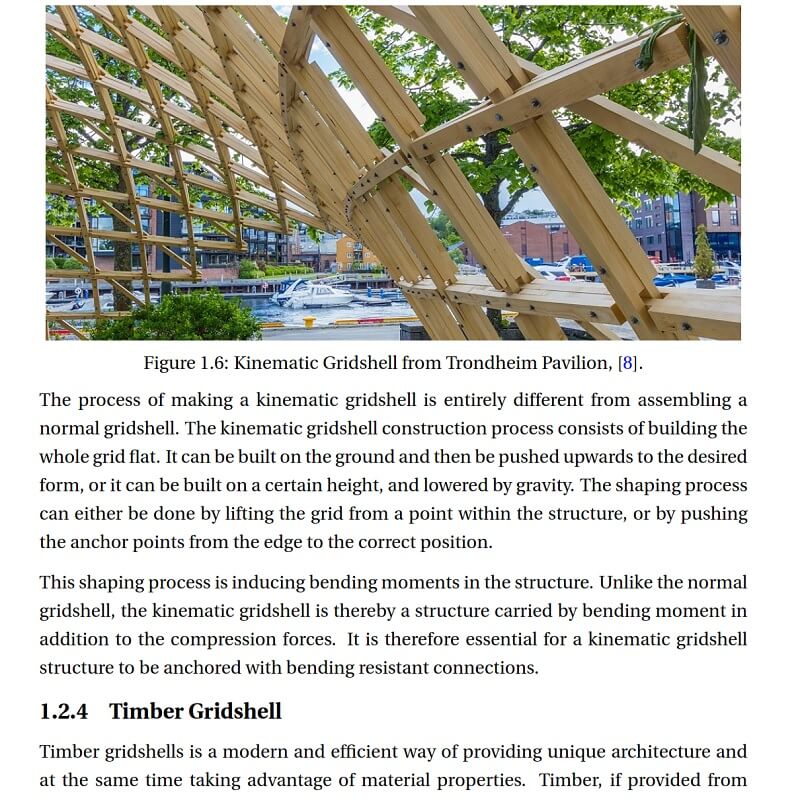
Timber gridshell structures are an efficient way of covering large spaces, while it also has an extraordinary ability to capture architectural interest and exploit material properties. From an engineering point of view, the success of a project can be achieved through innovative design of form, that takes advantage of the unique structural load carrying capability of a gridshell. As gridshell design is to consider as an emergent technology, there is still a lot of potential in this research field.
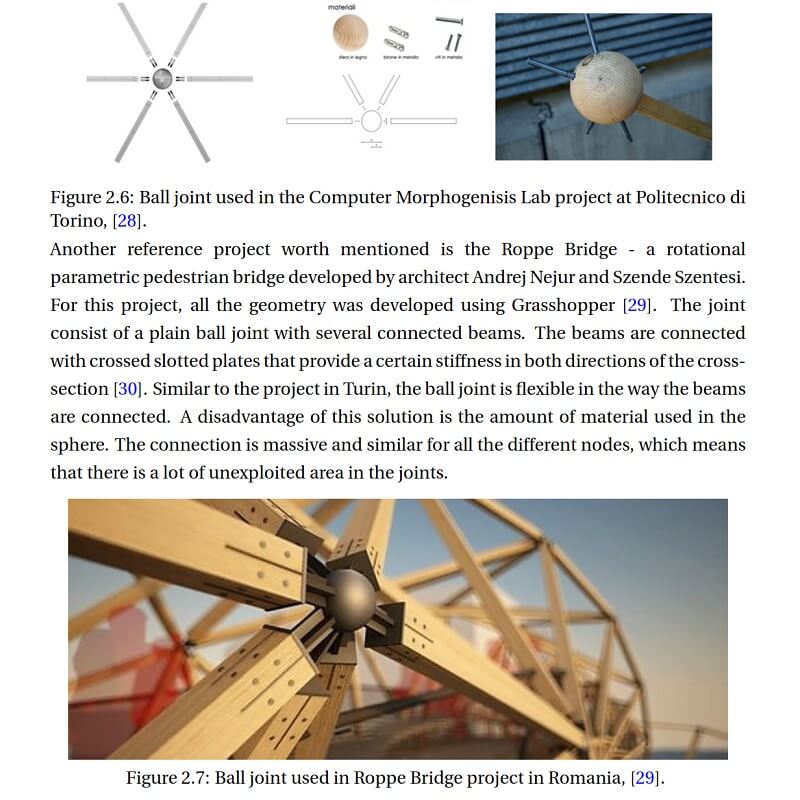
The question for discussion is how digital workflow, based on a parametric model, can be used as a method of design to increase the efficiency of spatial structure design. This study by Helle Stam Faugstad and Øyvind Sunnvoll Rognes focuses on developing connections in timber gridshells.
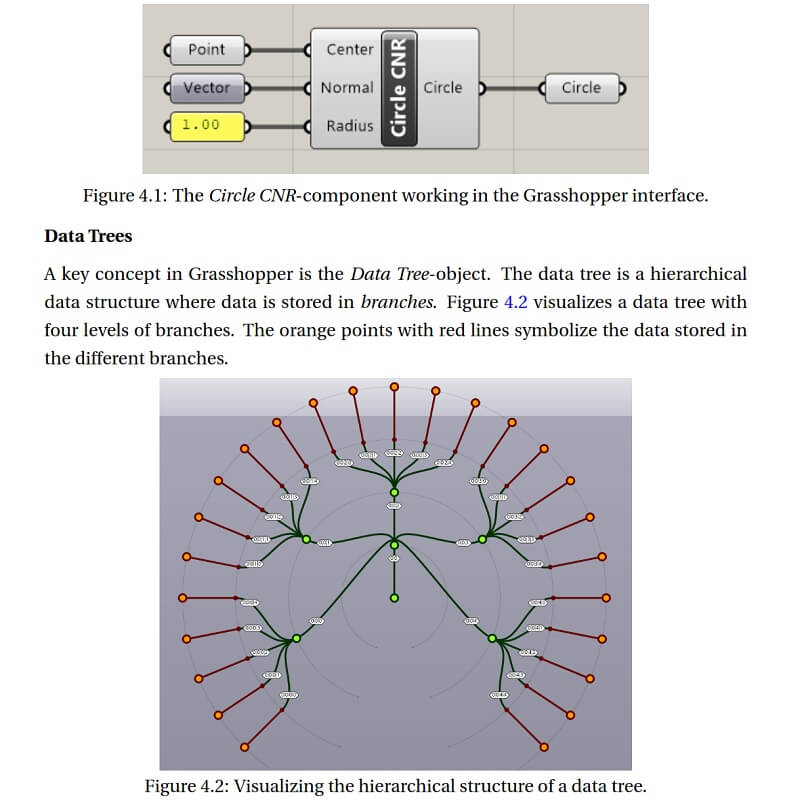
With a flexible digital workflow, the user can automatically generate structurally valid gridshell connections according to the gridshell properties. Such a workflow enables more efficient communication between architects and engineers during the design process, by allowing optimization of the economic, structural and conceptual sides of a project.
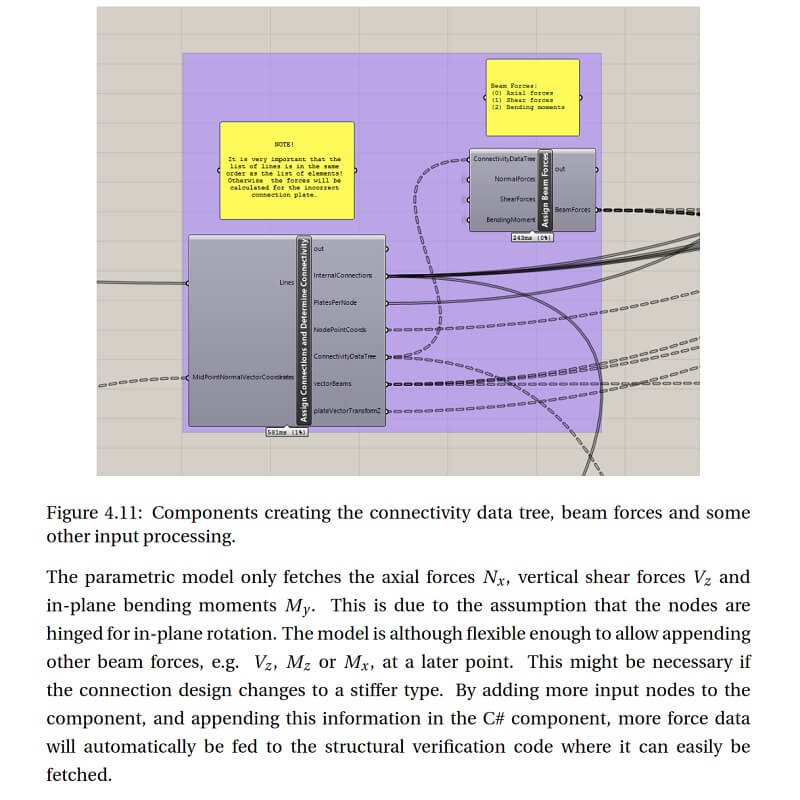
The digital workflow was implemented in a case study to engineer a spatial cabin structure in Norway, and tested for different grid patterns and cross-sections. The case study involved cross-disciplinary work between two teams of engineers and one architect, increasing the realism of the research project.
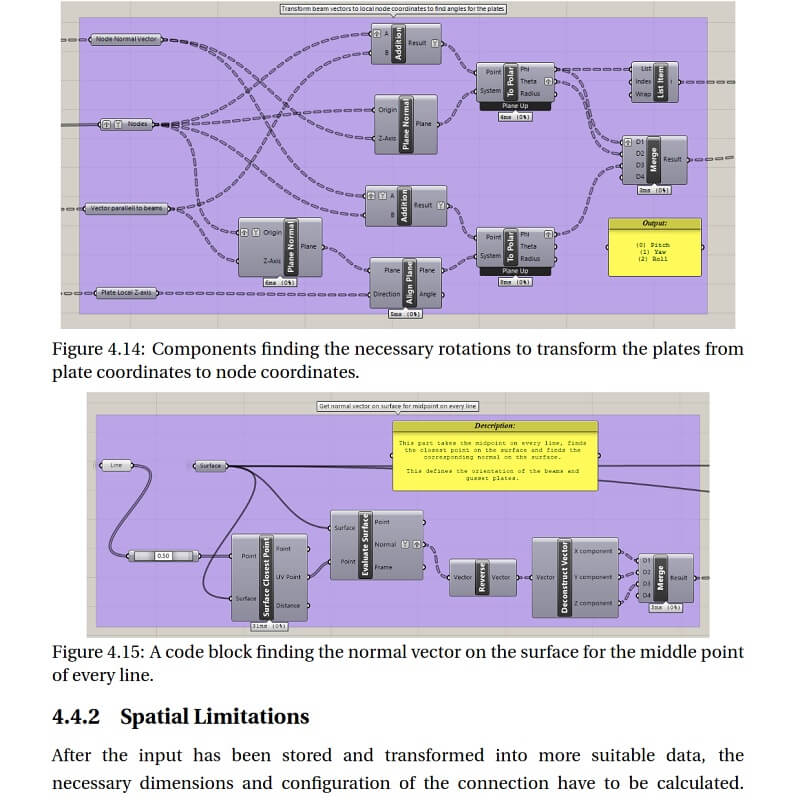
The research led to a digital workflow based on a particular proposed gridshell connection design consisting of aluminum gusset plates, slotted in the glulam beams and attached to a center thin-walled aluminum cylinder. A parametric model, with parallel structural verification algorithms, was developed, and specific components were verified with further structural analysis.
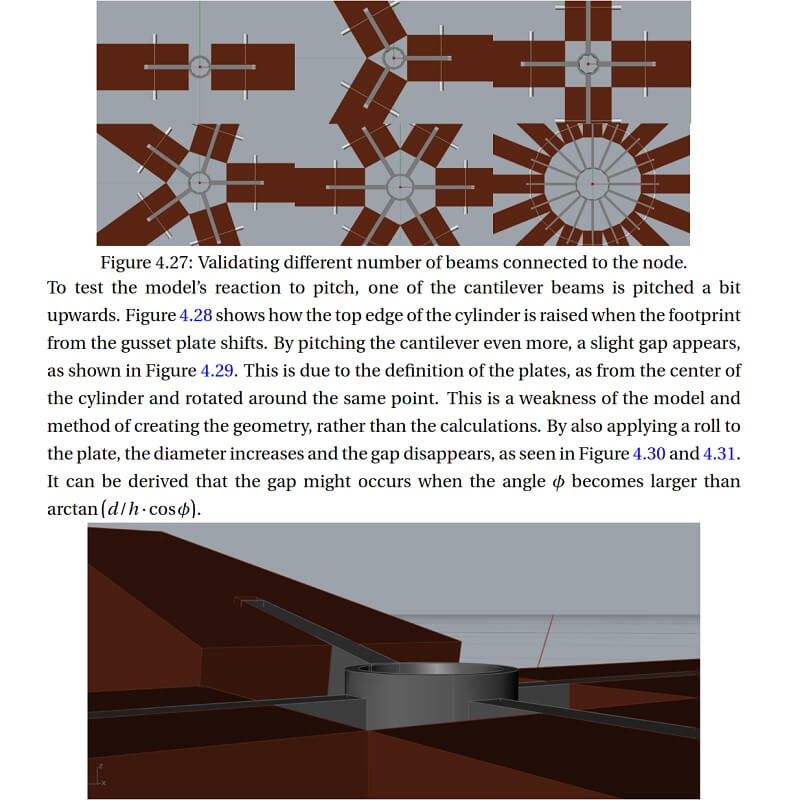
The structural verification mimics the intuitive engineering approach of testing different configurations, from simple to complex, until a valid configuration is found. The gridshell connection design proposed in the thesis also shows how the timber failure modes are critical in traditional connections with slotted plates.
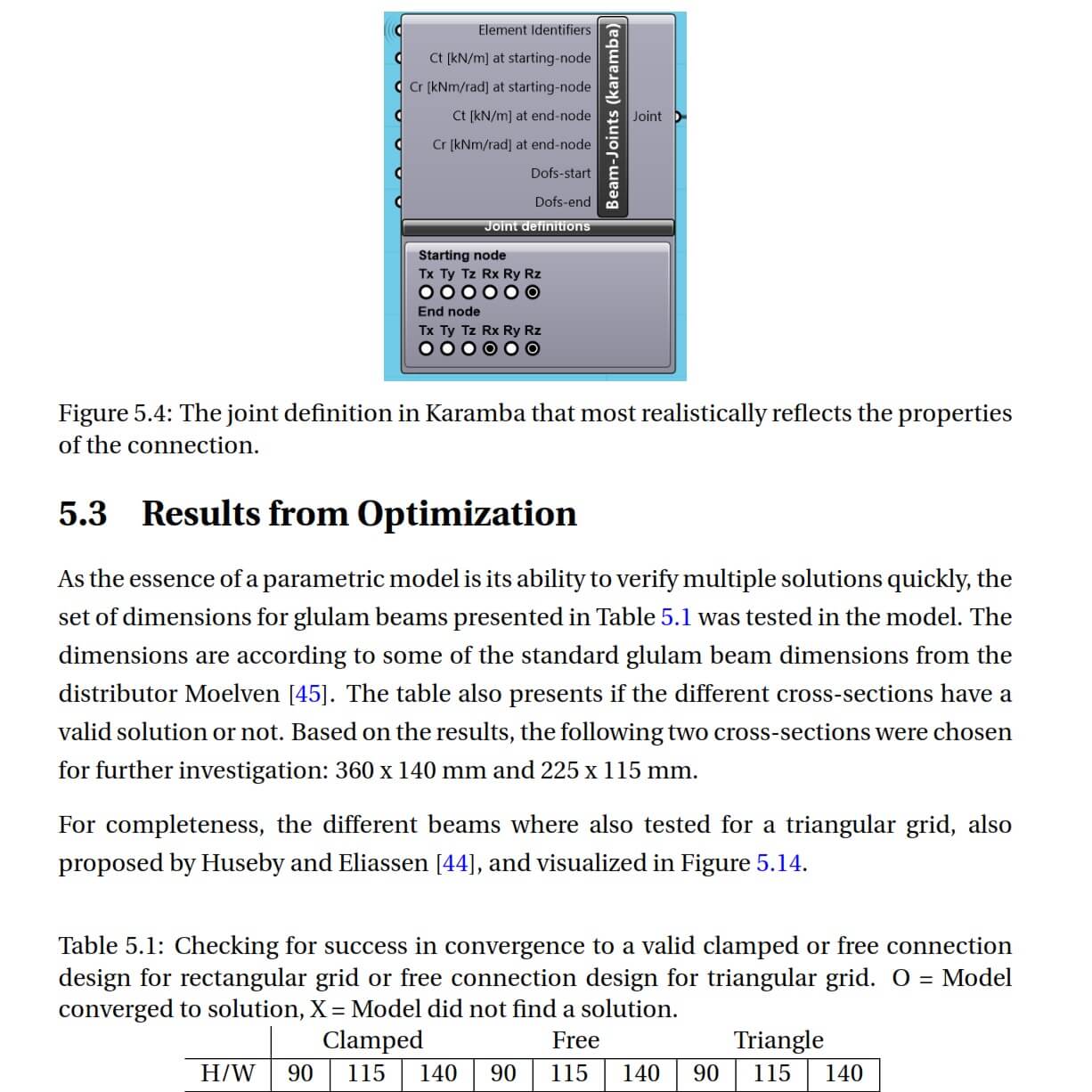
The digital workflow succeeded in generating and structurally validating custom gridshell connections. The results can be used when discussing the structural ability of different gridshell forms and beam sizes. The study finds clear advantages with a digital workflow, e.g., better communication between architects and engineers and better predictions regarding structural stability.
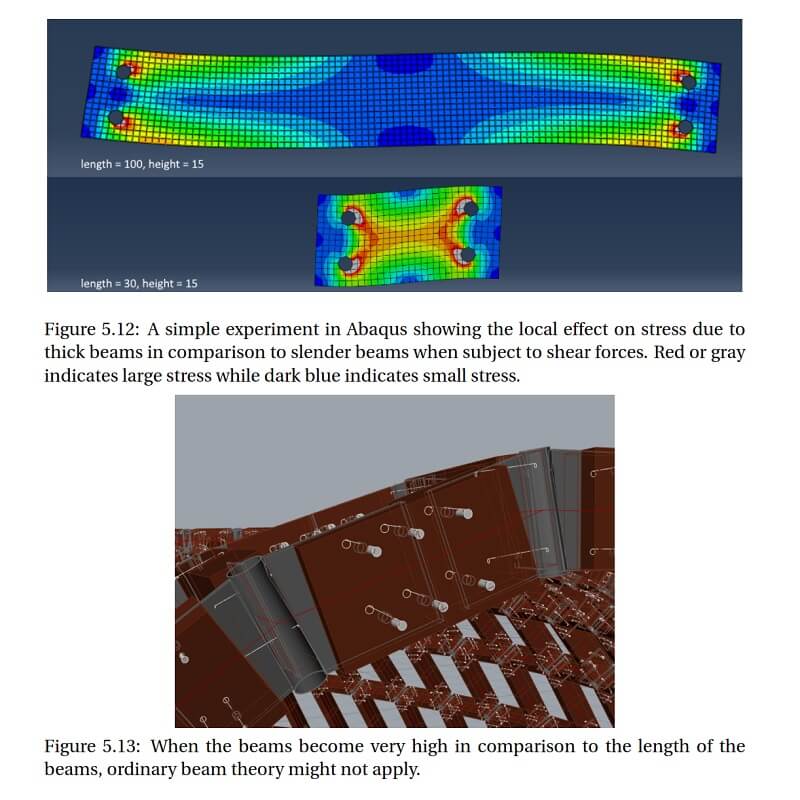
An on-hand parametric visualization of the structure facilitates for better understanding, easier troubleshooting and less redundant work. It also makes it easier to experiment with changes and communicate options across disciplines, due to a work culture built on common terms.
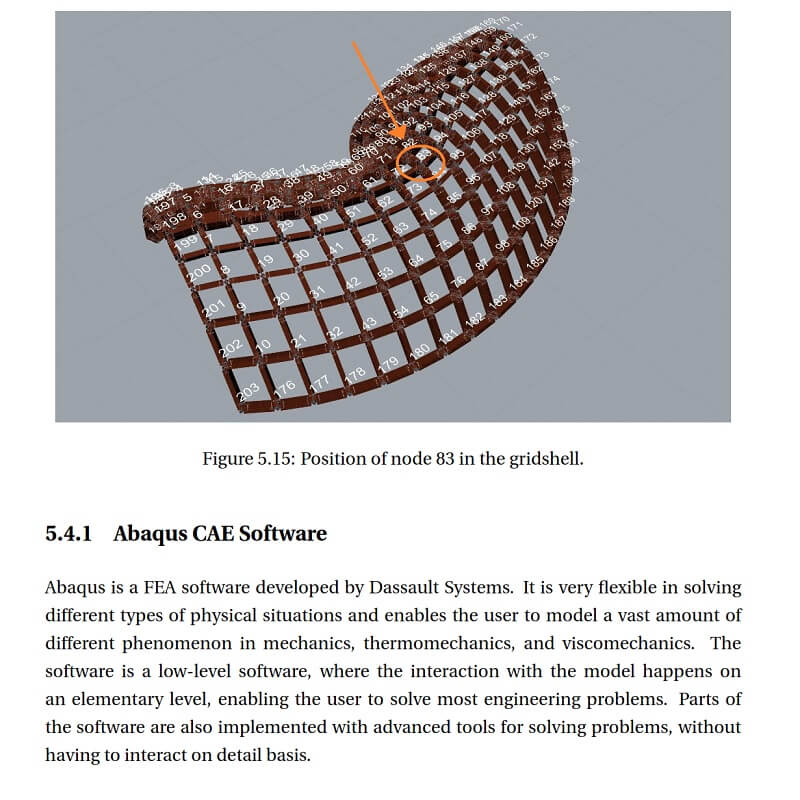
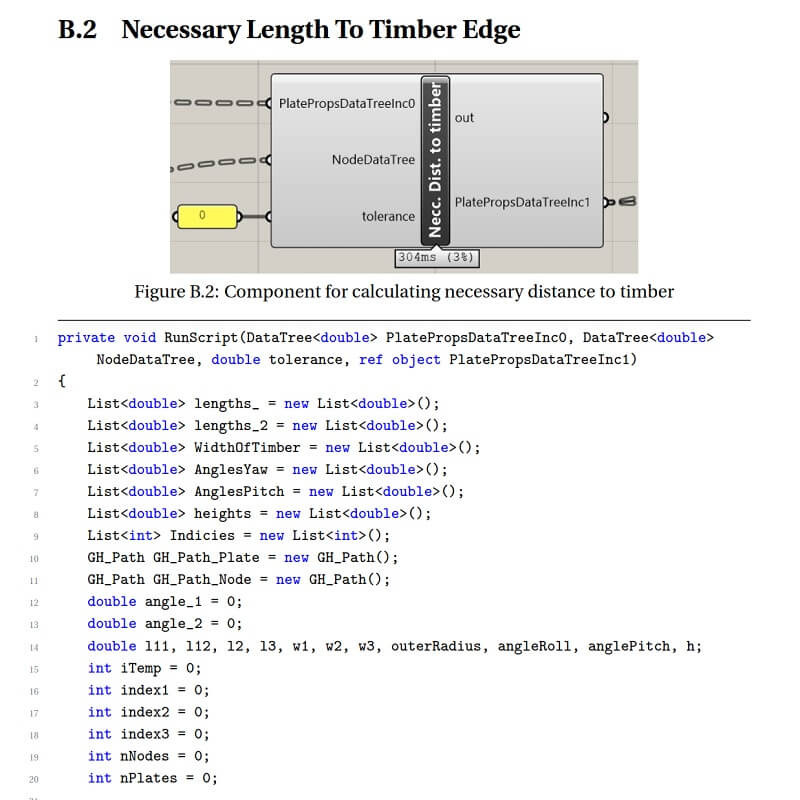




























Comments